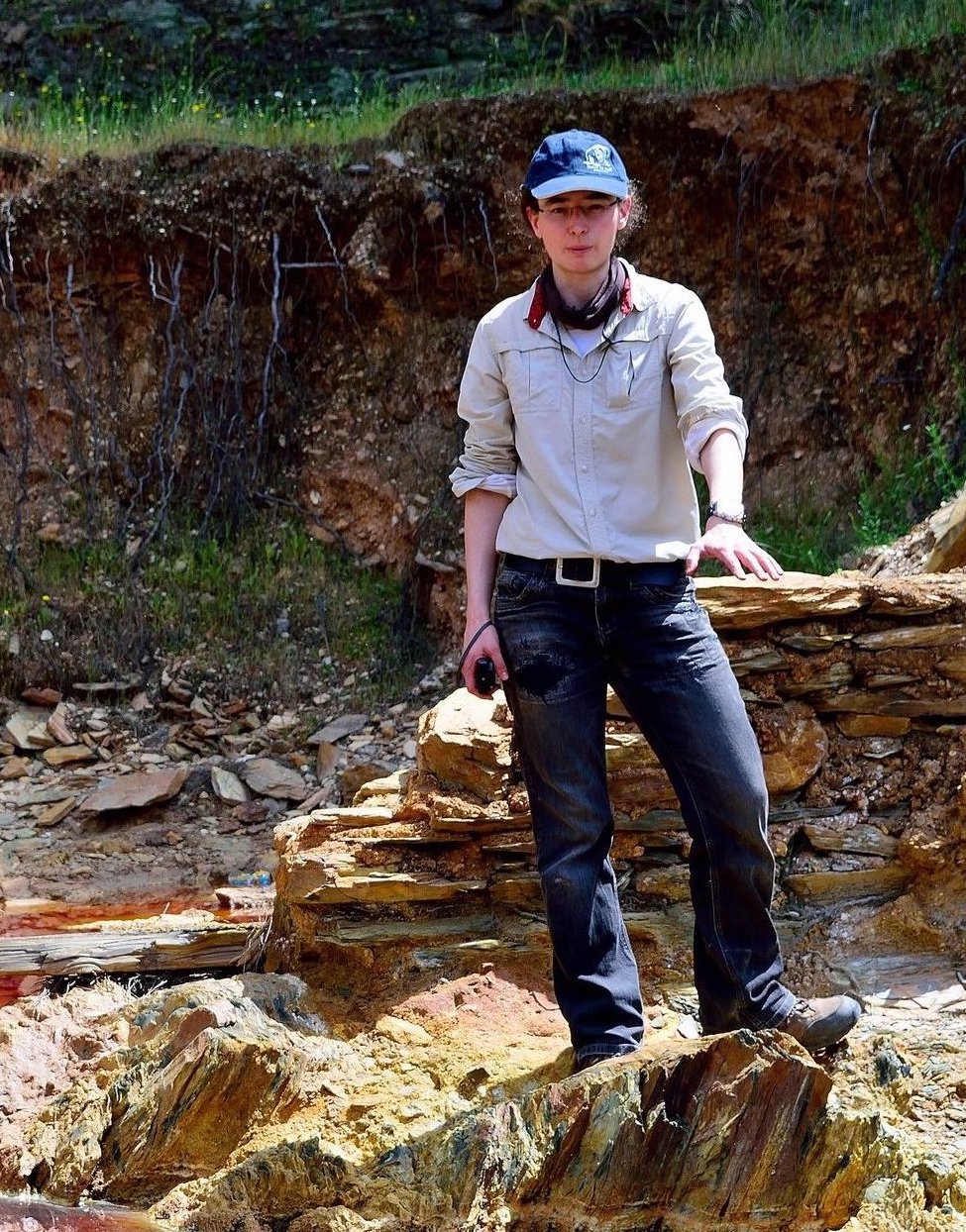 |
|
|
Fall 2017 Alumni Spotlight: Eva Stüeken
Who are you and when did you graduate from UW? Eva Stüeken, graduated in 2014. Where are you and what are you working on now? Since January 2017, I've been at the University of St Andrews as a University Research Fellow in the School of Earth and Environmental Sciences. I'm setting up my own laboratory to expand my work on the origin and early evolution of the biosphere. My research includes a combination of field work, geochemical analyses and experimental simulations. I have become particularly interested in planetary drivers of biological evolution, such as the effects of volcanism, atmospheric chemistry and continental growth. How is your current research related to astrobiology? The linkage between geological processes and the biosphere has important implications for our assessment of habitability. Through my research I hope to get a clearer picture of the degree to which life and early evolution are constrained by fundamental properties of the host planet. This information may guide our search for life elsewhere in the Universe. What is a normal day like in your line of work? As I'm still relatively new, I spend a lot of my time setting up methods in the laboratory and making plans for future projects. As a University Research Fellow, my teaching load is comparatively light, but nevertheless a good amount of time is spent on preparing lectures and marking assignments. Most enjoyable are the field trips, of which we have a lot in our school. What did you research in grad school as a UWAB student? As a graduate student in Roger Buick's group, I worked on a number of projects pertaining to the characterization of environmental conditions on the early Earth. This included establishing selenium isotopes as a novel biogeochemical proxy, modeling the early sulfur cycle, and investigating key intervals in the evolution of the global nitrogen cycle. I have also been fortunate to get involved in origin of life research through a seminar led by John Baross. This work has resulted in several ongoing collaborations with friends and colleagues. In your opinion, what’s one of the most amazing things about astrobiology? The major strength of astrobiology is that it brings together people from vastly different disciplines who are passionate about addressing big questions in new, collaborative ways. Few other disciplines can spark excitement and foster creative thinking to the same degree. Astrobiology is therefore also a powerful teaching tool that can captivate people of any age and background. How has your experience at UWAB prepared you for what you are doing today? I like to think that the Astrobiology Program has taught me to communicate with scientists across many different research fields. It has also provided me with a big-picture perspective on my own work, which is an important factor in generating new research ideas. But most importantly, the program connected me to many amazing people with diverse backgrounds and interests that enrich my way of thinking on a daily basis. I feel very fortunate to have been part of the program. |
|
